6 ancient ways to preserve apples until spring – proven for centuries
Categories: Food and Drinks | Life hacks
By Pictolic https://mail.pictolic.com/article/6-ancient-ways-to-preserve-apples-until-spring-proven-for-centuries.htmlAncient apple storage methods, time-tested for centuries, will help keep the fruit fresh and delicious. These methods were used by our ancestors before refrigeration, and they still work today. We'll share six simple storage methods that require no special equipment, just a little patience and natural materials.
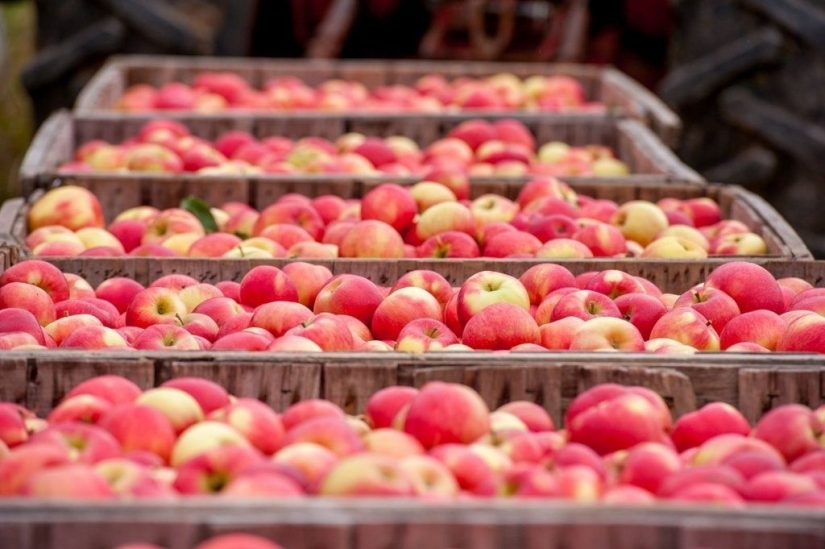
The most popular method used by our ancestors was to store apples in wooden boxes with a layer of dry sawdust. This method of storing apples requires careful attention: each fruit must be wrapped in paper and arranged so that they don't touch each other. Sawdust from deciduous trees is best, especially birch or oak.
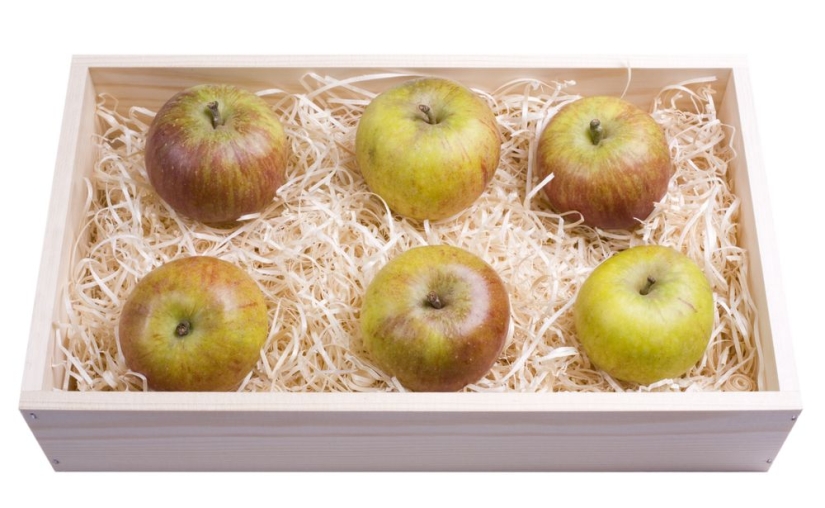
The secret of this method is that sawdust absorbs excess moisture and prevents the spread of rot. If one apple begins to spoil, the sawdust will create a barrier, and the rest will remain unharmed. The room temperature should be maintained between zero and four degrees Celsius. Under these conditions, apples will stay fresh for four to five months.
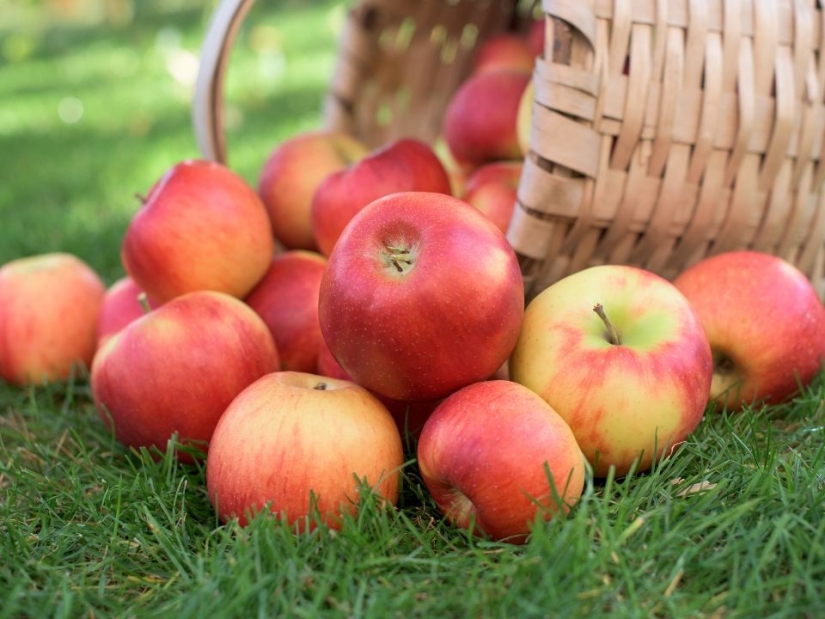
An old merchant's method for preserving apples involved coating each fruit with a thin layer of wax. Melted beeswax or paraffin was applied to clean, dry apples with a brush or the fruit was dipped whole. After hardening, a protective film formed that impermeable to air and moisture.
This treatment creates an ideal microclimate for each individual apple. The fruit is preserved in its own juice, preserving its vitamins and freshness. Modern gardeners use this method for particularly valuable varieties. Wax apples can be stored at room temperature for up to three months, and in a cool cellar until spring.
Our ancestors knew how to preserve apples for the winter without a cellar. They dug a trench about half a meter deep and lined the bottom with spruce or juniper branches to protect against rodents. The apples were placed in linen bags or wooden barrels, covered with soil, and topped with spruce branches.
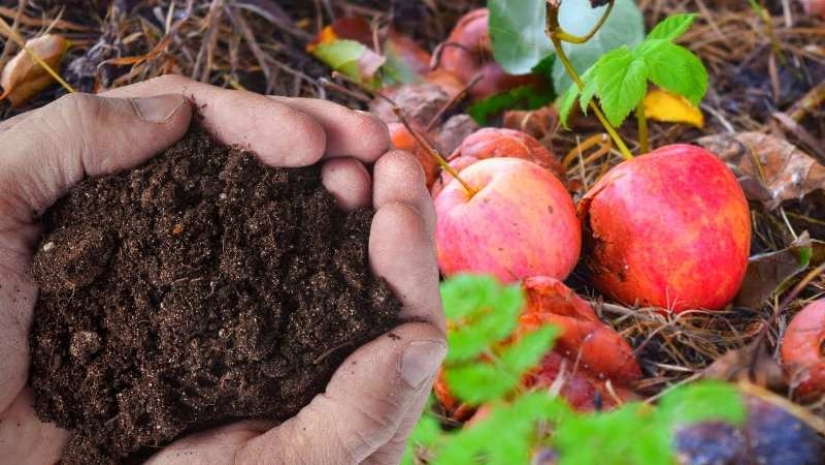
The soil is a natural thermoregulator, maintaining a stable temperature even in severe frosts. The key is to choose the right location: high up, where meltwater doesn't accumulate. In the spring, after the snow melts, the apples are removed from the makeshift storage area fresh and juicy. This method is especially good for winter-hardy varieties like Antonovka or Simirenko.
Sphagnum moss is a true miracle of nature with unique antiseptic properties. Farmers collected this moss from swamps, dried it, and used it to store apples. The technique is simple: line the bottom of a box with a layer of moss, place the apples stem-side up, then add more moss, and continue this process for several layers.
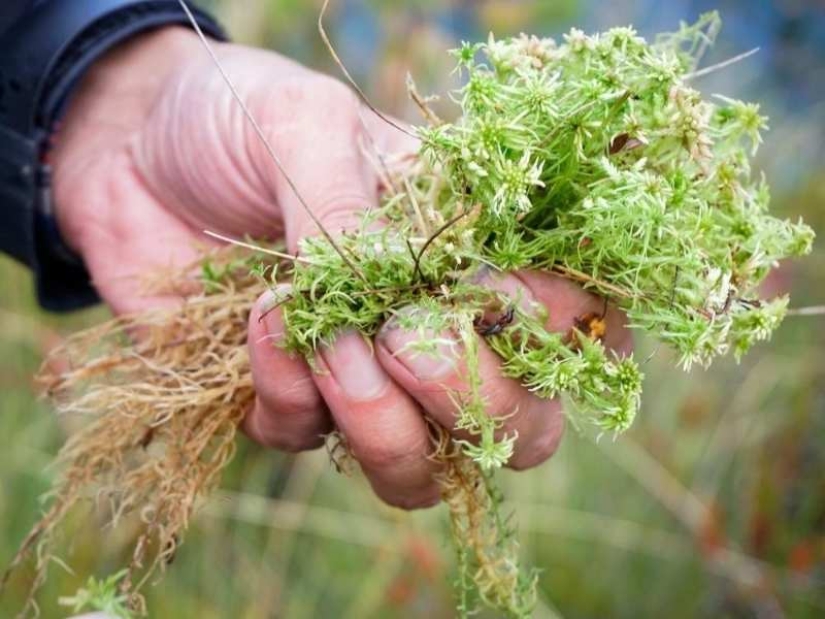
Sphagnum moss not only absorbs excess moisture but also releases substances that inhibit the growth of bacteria and mold. This keeps apples healthy and prevents them from rotting, even with minor skin damage. Modern gardeners are rediscovering this method—it's environmentally friendly and incredibly effective for long-term storage.
One of the simplest and most accessible methods our grandmothers used was carefully wrapping each apple in paper. They used regular newsprint, old newspapers, or special wrapping paper. The main requirement was that the paper had to be dry and clean, and each apple was wrapped individually, creating a protective cocoon.
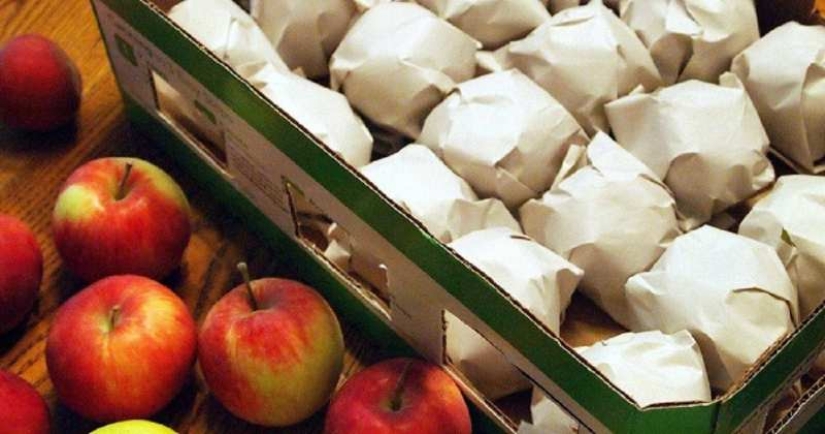
The paper serves several functions: it absorbs excess moisture, protects against mechanical damage, and prevents the fruits from coming into contact with each other. If one apple begins to spoil, the paper wrapping prevents the rot from spreading to neighboring fruits. Wrapped apples were placed in boxes, stem-side up, and stored in a cool, dark place. This method allowed the harvest to be preserved for up to four to five months without losing its flavor.
A combined method using river sand and wood ash was considered one of the most reliable. The sand was pre-heated to kill all bacteria and pest larvae, then mixed with ash in a three-to-one ratio. The apples were completely covered with this mixture in barrels or large clay pots.
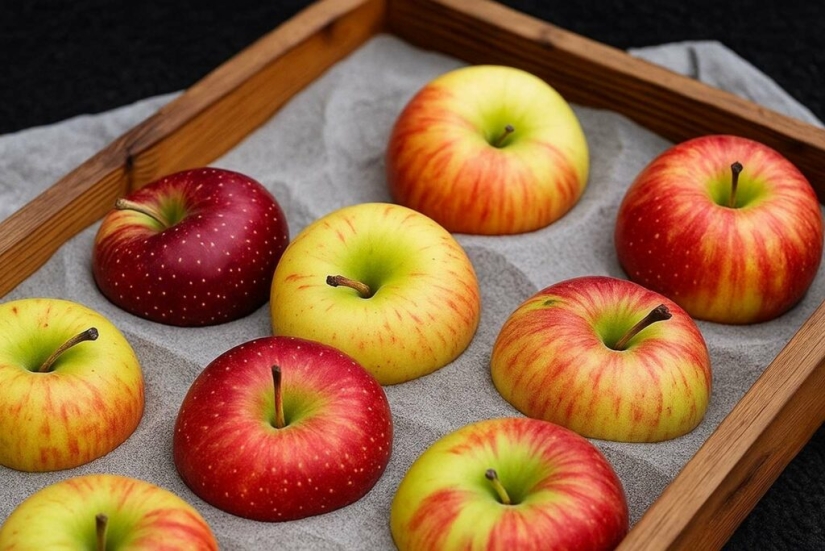
Ash has disinfectant properties and regulates humidity, while sand creates a stable environment without sudden temperature fluctuations. This storage facility was placed in the coolest part of the cellar. Apples in the sand-ash mixture not only remained fresh until April-May but also acquired a special, slightly tart flavor prized by gourmets of the past.
These traditional apple storage methods have proven their effectiveness over the centuries. Many of them are still relevant today, especially for those who grow their own apples and want to preserve them without chemicals and preservatives. Which of these methods do you find most interesting, and have you ever tried storing apples using these old recipes?
Recent articles

There are dolls very similar to living people. And there are so realistic that their appearance can only be explained by magic. ...

Japan is deservedly considered one of the safest countries in the world. Even organized crime there has a "human face" ...

Famous British photographer Bob Carlos Clarke was born in an Irish corps in 1950. In 1969 he moved to England to study art and ...